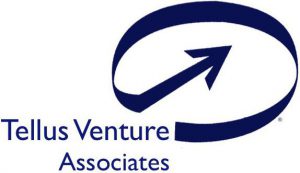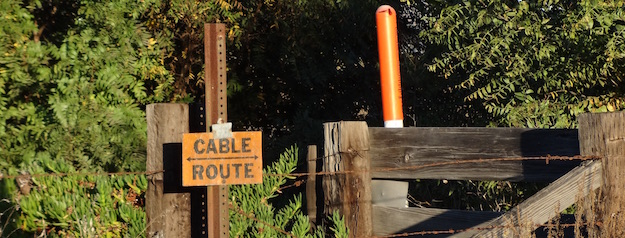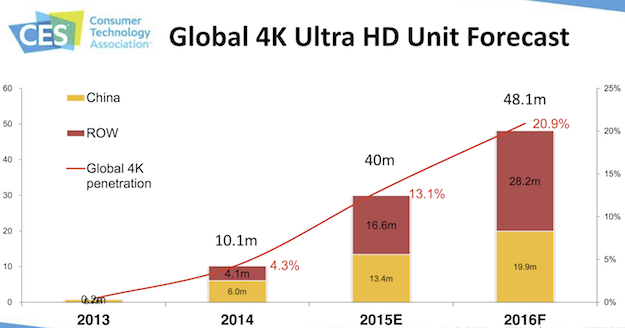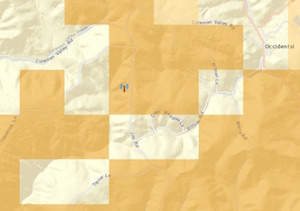Thousands of broadband projects in California highways every year, but no one's keeping track

A push to get Caltrans – the California department of transportation – to play nice with broadband companies and publish information about where it has conduit available is moving forward in Sacramento. The assembly transportation committee voted unanimously on Monday to send assembly bill 1549, authored by assemblyman Jim Wood (D – Healdsburg), onward toward a full floor vote. That has to happen by the end of the month, in order to make legislative deadlines.… More

![By user:AngMoKio (Own work) [CC BY-SA 2.5 (https://creativecommons.org/licenses/by-sa/2.5)], via Wikimedia Commons](https://www.tellusventure.com/images/2016/1/ny_skyline.jpg)



![By This vector image was created with Inkscape by Anynobody, composing work: Mabdul. (Own work using Bsahead.svg: and No sign.svg:) [CC BY-SA 3.0 (https://creativecommons.org/licenses/by-sa/3.0) or GFDL (https://www.gnu.org/copyleft/fdl.html)], via Wikimedia Commons](https://www.tellusventure.com/images/2016/1/no_bs.png)



